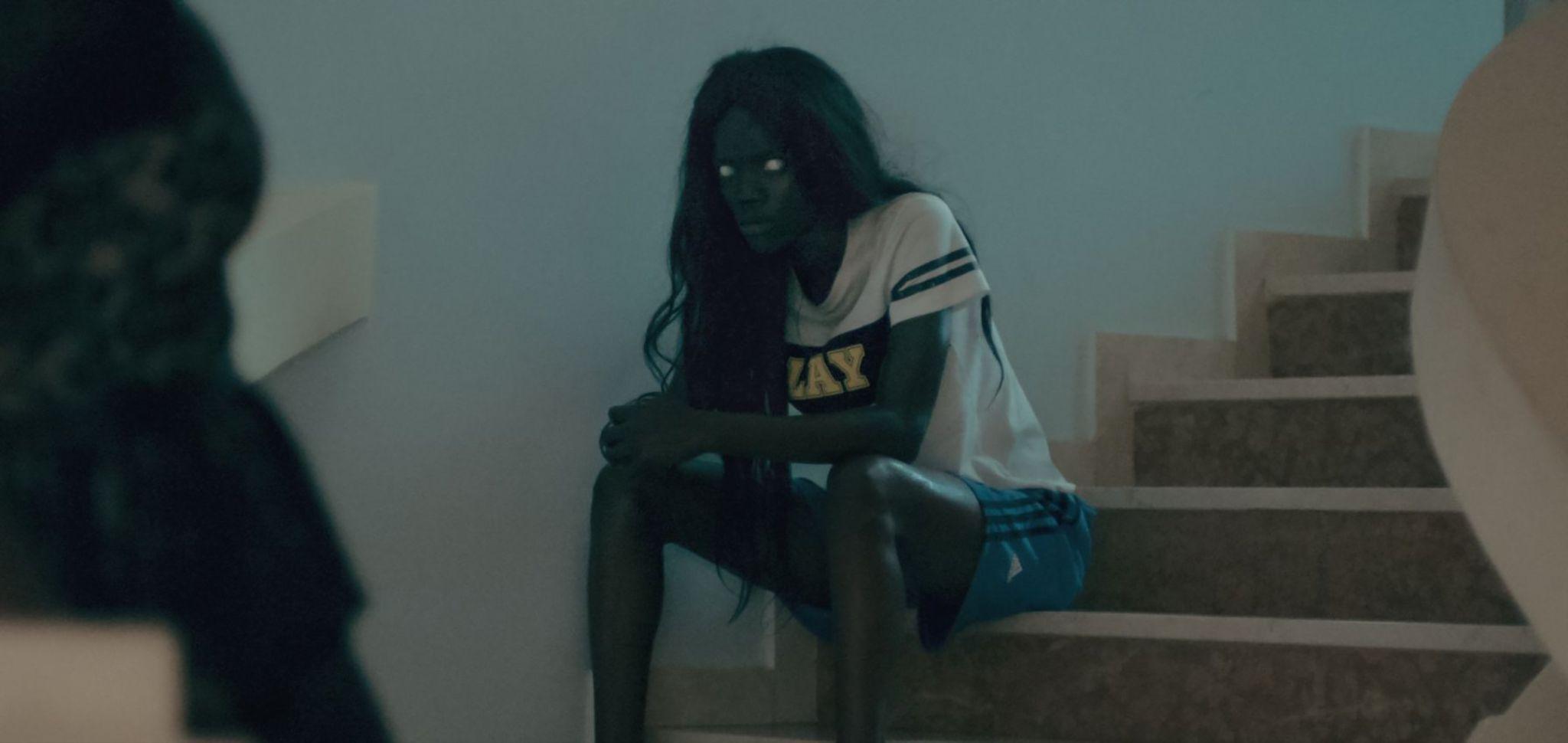Atlantics is a story told through a masterful blend of supernatural socio-political realism and mysticism with a feminist dimension. It hints at Senegalese oral traditions and ghost stories while addressing issues like forced migration, economic inequality, and spiritual justice.
Premiering at the 2019 Cannes Film Festival, it made history as Mati Diop became the first Black woman to compete for the Palme d’Or. The director incorporated horror and poetry for a unique blend of romance, mystery, and social critique, broadening the scope of an African diasporic narrative.
The film has started a dialogue on representation and authorship, driving forward discourse on who gets to tell the stories of African refugees, especially within the Western-dominated film industry. Some have questioned the global festival circuit’s sudden embrace of these stories when told through a diasporic or European lens.
Migration, memory, embodied loss, and spiritual justice
Atlantics powerfully addresses the real-life migration crisis in West Africa: many young men leave their homeland due to lack of opportunity and sustainable income, often disappearing at sea. Diop brings a raw, haunting perspective by focusing not only on those who leave, but on those left behind—particularly the women—and how they cope, resist, and seek justice through the deceased men’s spirits conquering their bodies.
The ghostly return of the lost men also serves as a metaphor for unresolved trauma, colonial ghosts, accountability, punishment, and economic exploitation by the rich African so-called businessmen, who claim to secure the young men a chance to leave to Europe while thy end up dying trying to flee by sea.
Set in the outskirts of Dakar, Atlantics follows Ada, a young woman in love with a construction worker who suddenly vanishes at sea. As she prepares for an arranged marriage, mysterious events unfold around her, blurring the line between the living and the dead. Diop’s debut film merges social realism with elements of magical realism and ghost stories, creating a dreamlike yet grounded narrative.
Her direction is slow, atmospheric, and visually evocative, using the ocean both as a literal and symbolic force—a common place for death and eternal living, somatically and spiritually. Diop uses minimal dialogue and relies heavily on silence and cinematic imagery.
The storytelling is lyrical and elliptical, allowing emotional resonance and cultural layers to emerge subtly. Atlantics humanizes the invisible impact of migration, shifting focus to the women left behind. It offers a haunting reflection on lives less valuable and spiritual resilience.
The film is a dynamic choice for viewers who are into works that take a position against injustice, dare to combine social myths with the political reality, and make invisible struggles seen in all their dimensions.
Grief as magic: the supernatural as symbolic resistance
Mati Diop uses the supernatural fantasy not for spectacle, but as a tool to explore grief, injustice, and resilience. Her approach brings a spiritual gaze to the often-masculinized discourse of migration.
Recalling the old Greek film Crystal Nights (Krystallines Nyhtes, 1992) directed by Greek filmmaker Tonia Marketaki, one can discern a common context of gothic, historical political allegory and feminist psychological drama. Crystal Nights tells the story of a married German woman who falls in love with a young Jewish ice vendor, commits suicide as she believes in reincarnation, and returns to life in the body of a young girl.
In Atlantics, one of the most powerful sequences unfolds when the young women in the neighborhood become possessed by the spirits of the drowned men. Their eerie, trance-like movements and glowing eyes are not just supernatural thrills, they also embody justice reclaiming space through the female body. These scenes merge grief, rage, and spiritual reckoning, turning the women into vessels of unresolved trauma and reparation.
In Crystal Nights, the protagonist’s death and mysterious reincarnation in a young girl blurs the boundary between soul and body, personal desire, and historical memory. The girl becomes a reincarnated version of the woman, still driven by her past obsession, navigating a world haunted by fascism and gendered violence. Like the women in Atlantics, her body is no longer hers alone; it carries memory, trauma, and symbolic weight.
The sea in Atlantics is an omnipresent, haunting force as it swallows men, keeps secrets, and returns spirits. One scene in which Ada sits near the ocean, overcome with longing and grief, encapsulates the film’s mood of stillness and sorrow. The ocean becomes both tomb and testimony.
In Crystal Nights, the recurring motif of the young man delivering ice is quiet but charged. His daily journey, seemingly mundane, becomes a poetic trace of survival under occupation being fragile, temporary, and melting with time. The ice, like the sea, holds symbolic weight: a cold element connected to loss, transience, and hidden danger.
Another cinematic language on collective hauntings
Diop’s film’s impact, depth, and visual poetry was generally appreciated, while some viewers unfamiliar with its slow pacing and metaphorical language found it more challenging. Nevertheless, its acclaim extended globally, securing it a spot as Senegal’s official entry for the Oscars and a place in Netflix’s international film catalogue.
All in all, the film is a dynamic choice for viewers who are into works that take a position against injustice, dare to combine social myths with the political reality, and make invisible struggles seen in all their dimensions.



























